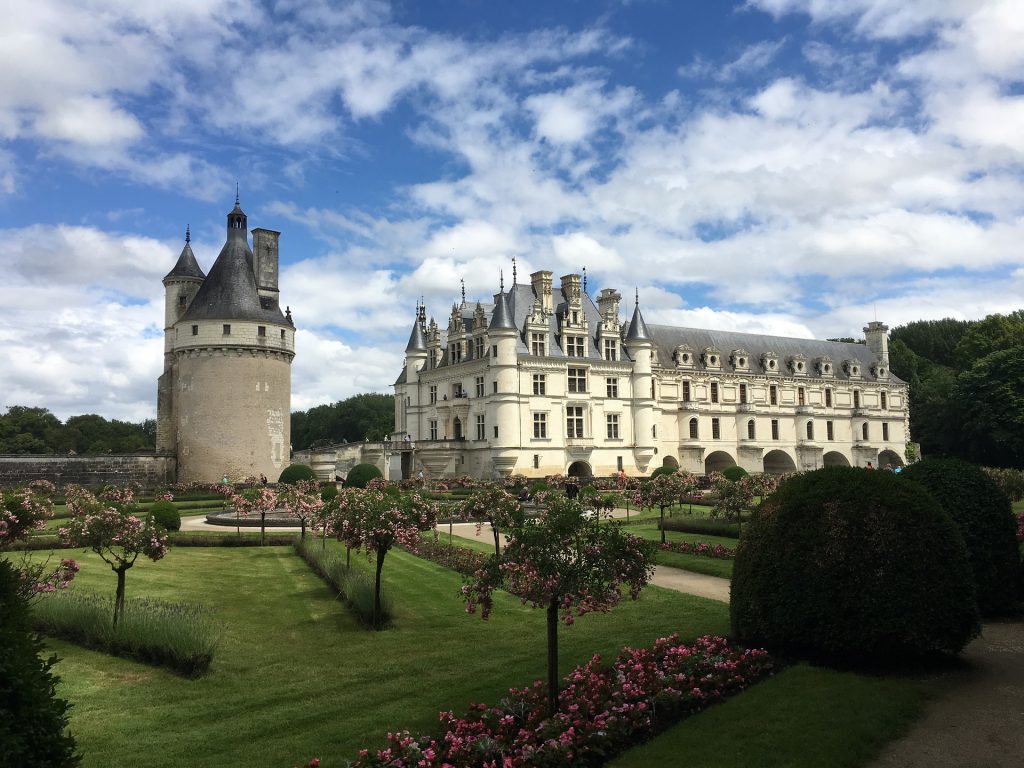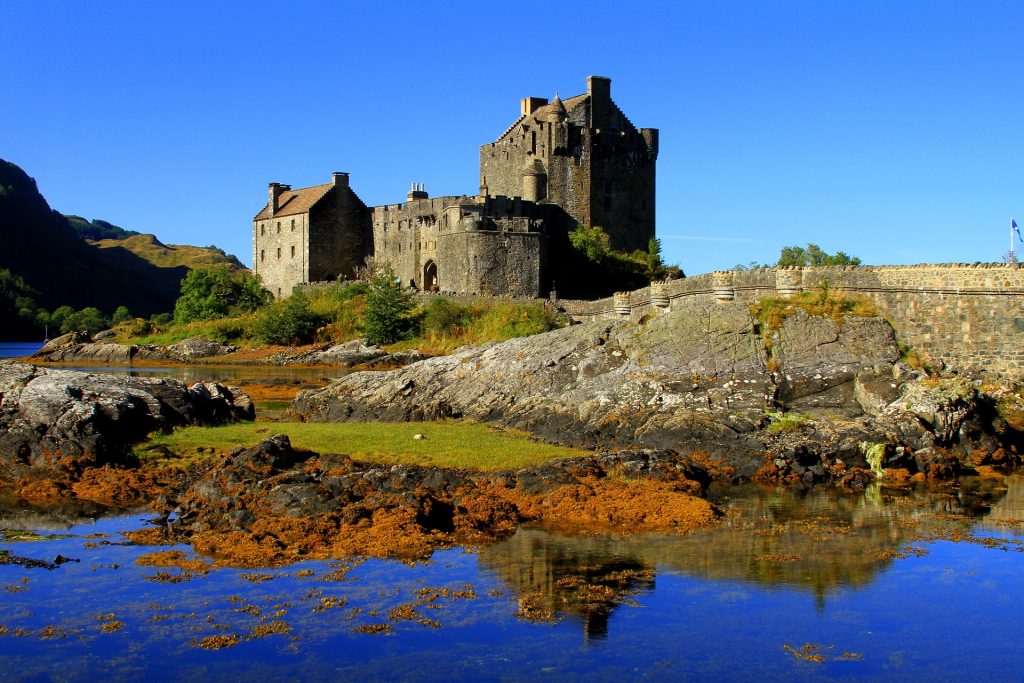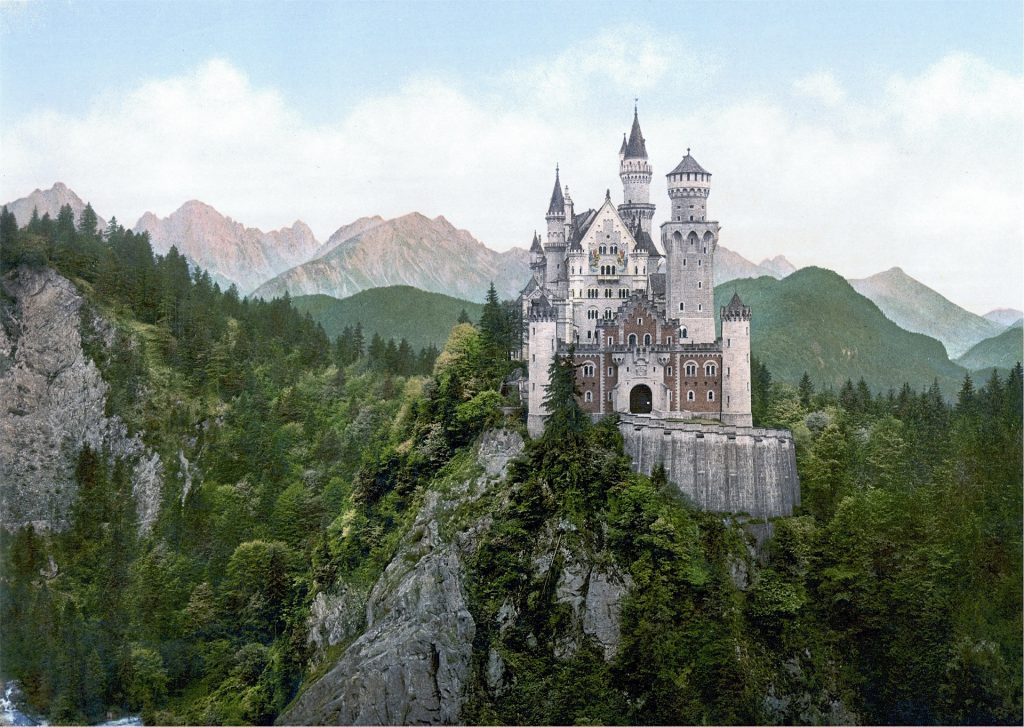8 European Castles You Need to Visit
We love Europe for so many reasons, but nothing compares to the glamour and majesty or an old-world castle. These castles are dripping in heavy damask fabrics and gold filigreed. It takes you back to a time of glitz and glamour that you cannot find anywhere else.
While Europe’s landscape is dotted with hundreds of magnificent castles – from the Gothic to the romantic – these eight are among our favorites and worth adding to your next vacation.
Château de Chambord – Loire Valley, France
This castle was built in 1519 as a winter hunting lodge for Francois I, Château de Chambord is the largest chateau in the Loire Valley in central France. Despite having more than 400 rooms (365+ of which are adorned with grand fireplaces), it was rarely lived in. In fact, when Francois I died in 1547, he had spent a mere 72 days at Chambord! His son would go on to continue the construction of the castle, though it remained largely uninhabited for many years.
Schönbrunn Palace – Vienna, Austria
Schönbrunn Palace was transformed from a hunting lodge into the summer palace for the Habsburgs around 1742. From 1745 forward, the imperial family inhabited the palace only seasonally. It was under constant construction until 1760 due to the demands of Maria Theresa. She also famously chose the yellow hue for the palace’s exterior facade.
Château de Chenonceau – Loire Valley, France
Château de Chenonceau, built in 1513, was originally the home of Thomas Bohier. However, over time this castle became known as the “Ladies Château”, for much of its construction and enhancements, including the arched bridge and gardens. These were designed and overseen by notable French women.
Eilean Donan Castle – Scottish Highlands
This 13th century landmark, nestled into the rolling landscape in the Highlands of Scotland, was originally constructed to help protect the land against the Vikings. The castle was in ruins for several centuries until 1911 when it was purchased and restored to its former glory. Today, it serves as a prominent Scottish icon (and has been the filming location for several prominent Hollywood films!).
Neuschwanstein Castle – Bavaria, Germany
The building of Neuschwanstein began in 1868 under the commission of King Ludwig II. It is widely believed that the castle was built for personal and political reasons. It was a retreat for a young king who was a bit of a recluse, but also as a place where Ludwig II could continue to feel as though he had power, despite being conquered by the Prussians only two years into his reign.
Palace of Versailles – Versailles, France
This castle was originally Louis XIII’s hunting lodge and was expanded when his son, King Louis XIV, decided to move the royal court from Paris to Versailles in 1682. The palace quickly became a symbol of King Louis XIV’s absolute power. It allowed him to keep a watchful eye on the members of his court and to display his wealth through opulent decoration, expansive gardens and fabulous artistic demonstrations.
Château de Fontainebleau – Fontainebleau, France
Since the 12th century, Fontainebleau has been called home by all of the French kings and notable royals – such as Napoleon Bonaparte to Marie Antoinette. Each has left his mark, making the chateau an eclectic mix of emblems, Italian frescoes, glorious woodwork and various extensions.
Windsor Castle – Windsor, England
Windsor Castle has been home to British royalty for more than 1,000 years. It still remains the largest occupied castle in the world, serving as Queen Elizabeth II’s private home. Throughout its existence, the castle has served a number of unique purposes, including serving as a bomb shelter to protect the royals from German warfare in World War II, and most recently, the site of the royal wedding between Prince Harry and Meghan Markle.
Images and content, copyrighted Globus Journeys












